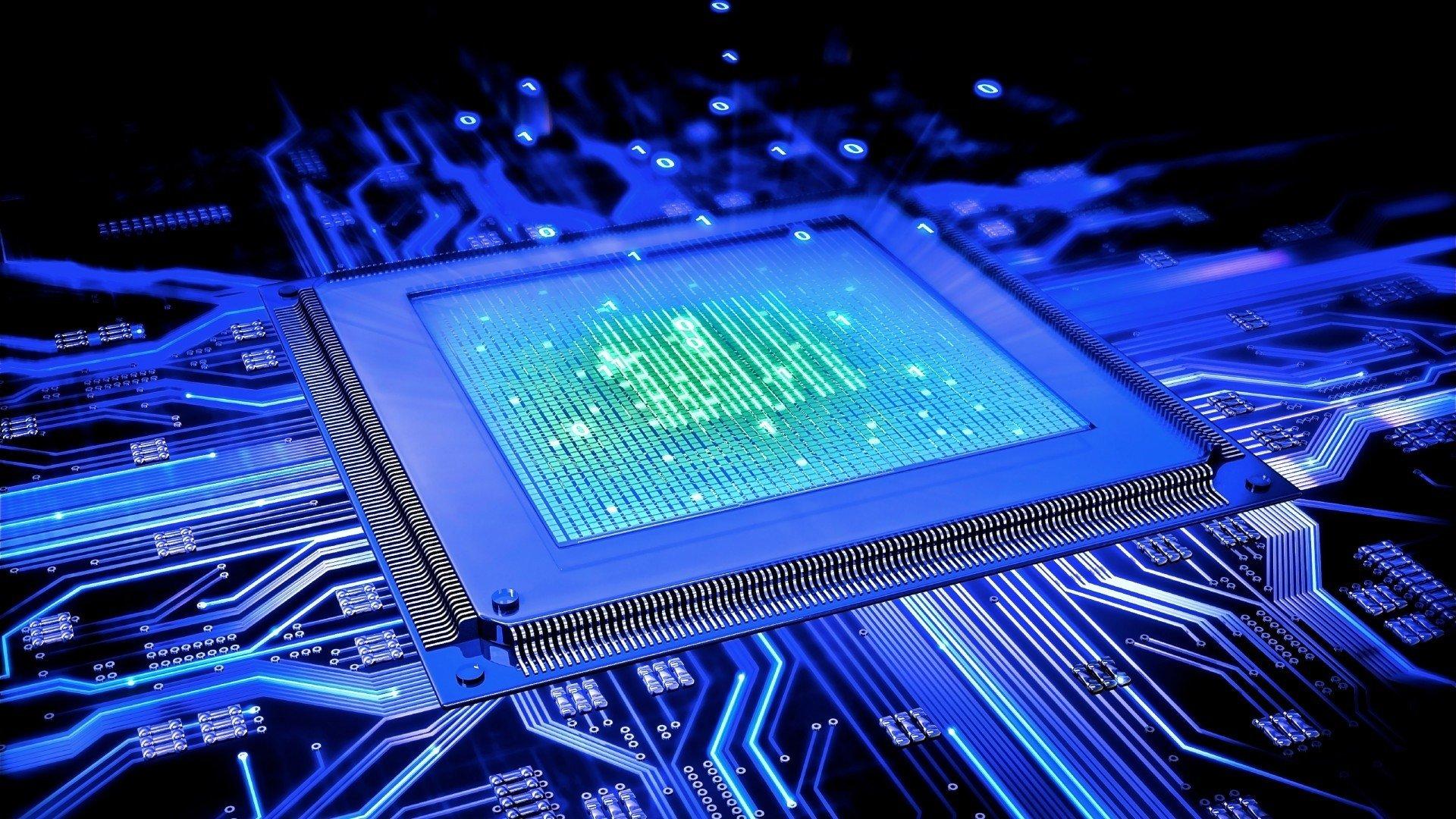40 years or more ago, the few computers in stock were huge and expensive machines, they were frequently used for scientific and special purposes, therefore they had little effect on the lives of most people. There are currently millions of computers, of all types and sizes in offices, factories, schools, homes, hospitals, banks, retail stores and laboratories, these computers, such as cars and electrical appliances, influence our lives daily and their presence cannot Be denied or ignored.
Current computers have a maze of microscopic small transistors that react to the electrical impulses that pass through their circuits and have only two positions, which correspond to the figures used by the binary system, zeros and ones. Basically, the capacity of a computer depends on its hardware components, while the diversity of tasks lies mostly in the software that supports running and contains installed. To understand the operation of a computer we will have to study separately the various parts that comprise both physical (hardware) and non-physical (software) devices.
What is a computer?
Most people know that a computer is a machine that can perform arithmetic operations. But it can do much more than this; You can also choose, copy, move, compare and execute other non-arithmetic operations with the various alphabetic, numerical and other symbols that humans use to represent objects. The computer handles these symbols in a desired way, following an instruction map called a program.
So, a program is a detailed set of instructions prepared by humans to run the computer Repair and that it works in a way that produces the desired result. A Computer is a fast and accurate data manipulation system, designed and organized to automatically accept and store data, process it and produce output results under the direction of a stored program of step-by-step instructions.
Computers can really only do four things: Receive tickets; Accept information from the outside world, Produce outputs; give information to the outside world, process information; carry out arithmetic or logical operations (decision making) with the information received, Store information; move and store information in the computer memory (hard drives).
Something about the bits
Information is digital in the world of computers, as an incipient reader a computer (computer) cannot process information without dividing it into smaller units, in fact computers can only digest information that has been divided into bits. A bit is the smallest unit of information, a bit can only have one of two values: on or off. You can also consider these values as yes or no, zero or one, white or black, or almost anything that happens to you.





